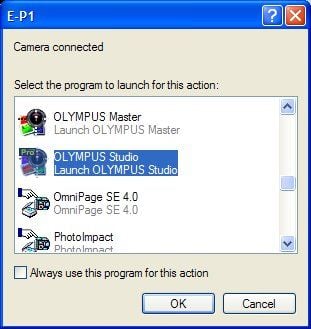
This Tag is then available system wide for all files.

You can use these for asset management.įor example, you could create a new Tag for say ‘Client-X’. It is actually much more powerful than most people realise. But until Aperture finally breaks (could take years) and unless at that time there is no equivalent to migrate to, then there is no deed to do so.Īs for the Finder. It can also work as managed or referenced and it can be made to open files in whichever app you want. better than Aperture and with the incredible advantage, that you can make it do anything you want. Obviously there would be no retouching tools, but in terms of managing the assets, it would be excellent. For that you would need to add-on some sort of database, like Filemaker Pro, which incidentally, has the very strong advantage of being cross-platform and cross-device and in the cloud (if you want).Ĭoincidentally, in the last year or so, I’ve thought about writing a Filemaker solution for myself, for cataloguing/DAM to replace Aperture. Something like Extensis Portfolio is designed to do much of this, but wouldn’t be able to handle the communication and text file, or presentations side of things. You need to include email, text and presentation tools too. First off, it needs to be networked and you need more than just media asset tools. I think if you’re talking about managing a wide range of assets in the context of a design agency or advertising agency, then you are talking about a completely different set of problems.
#Olympus viewer 3 change harddrive pro
Aperture is a tool designed specifically for photographers, although iView Media Pro was designed as a general media asset management tool. It is only useable for stationary subjects, although the Pentax K-1 (and new K-11) can automatically replace movement artefacts, by replacing those areas with one of the 4 single-shot files that are used to produce the pixel-shift image. What pixel-shift gives you, is a non-interpolated, pure colour image. This is because noise is random and so is equalised (reduced) when several images are blended together. It is not the same as having 4 images and blending them together, although as it happens, blending several images together will reduce noise. This process can only be done at the chip/demosaicing stage. When you take a picture, the Bayer demosaicing 'interpolates' (makes up) the missing colour for the varying pixels according to their colour (RGGB).

This is because of the way a Bayer Pattern works. Pixel-shift works by moving the chip by 1 or 0.5 pixel increments, in order to capture full-colour at each and every pixel site. I've been working with pixel-shift (previously known as multi-shot) since the year 2000.


 0 kommentar(er)
0 kommentar(er)
